



26th July 2008

Following the First World War in which Acoustic detection had been used against attacking aircraft in France experiments were carried out across the South and South-East of Britain’s coasts.
The system was effective in principle and the large parabolic dishes focussed the incoming parallel sound ‘rays’ to a single point at which a listening device could be positioned. In calm air conditions a range of about 15 miles (25 km) could be achieved but the speed (350 kph) of the aircraft in existence when the system was eventually abandoned was such that only about 4 minutes warning of approach could be given.
The system was effective in principle and the large parabolic dishes focussed the incoming parallel sound ‘rays’ to a single point at which a listening device could be positioned. In calm air conditions a range of about 15 miles (25 km) could be achieved but the speed (350 kph) of the aircraft in existence when the system was eventually abandoned was such that only about 4 minutes warning of approach could be given.
radio transmissions and direction sensing (see Dr Hans E Hollmann) through the work of scientists working with short wavelength radio direction finders that the use of audio-detectors had little future. However as an illustration of the rapid progress that can be experienced in science and technology in only a decade the concrete dishes and wheeled trolleys are a monument to ingenuity and innovation in times of need – despite their ultimate failure.
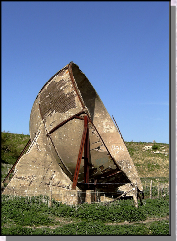
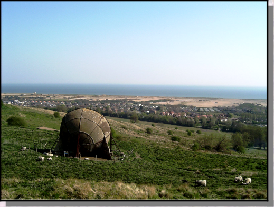
Concrete and steel acoustic domes dating from the early 1920’s in fixed positions above Romney Marshes on
Britain’s South Coast.
A chain of these ran from Hythe all the way round to the Thames Estuary, with a few others positioned inland at major airfields like Hendon & Biggin Hill.
Britain’s South Coast.
A chain of these ran from Hythe all the way round to the Thames Estuary, with a few others positioned inland at major airfields like Hendon & Biggin Hill.
Inventors & Inventions
IF IN DOUBT ASK !!!!
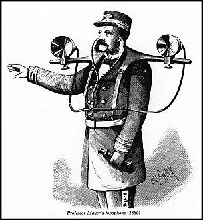
1870
principle
principle

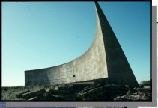
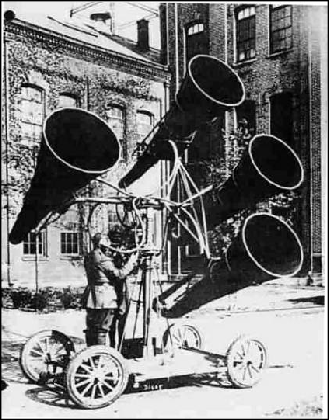
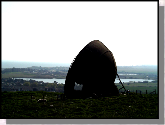
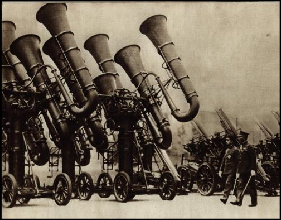
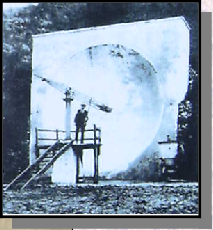
This earlier version ( left ) from just after the
First world war period - through to the Japanese version (above) showed that the thinking behind the technology did not really changed. In fact the electronic device of Christian Huelsmeyer had a far
First world war period -
more scientific principle and clearly much greater potential than these. It is hardly surprising that RADAR developed as it did. By early 1936 it was becoming clear that developments in

